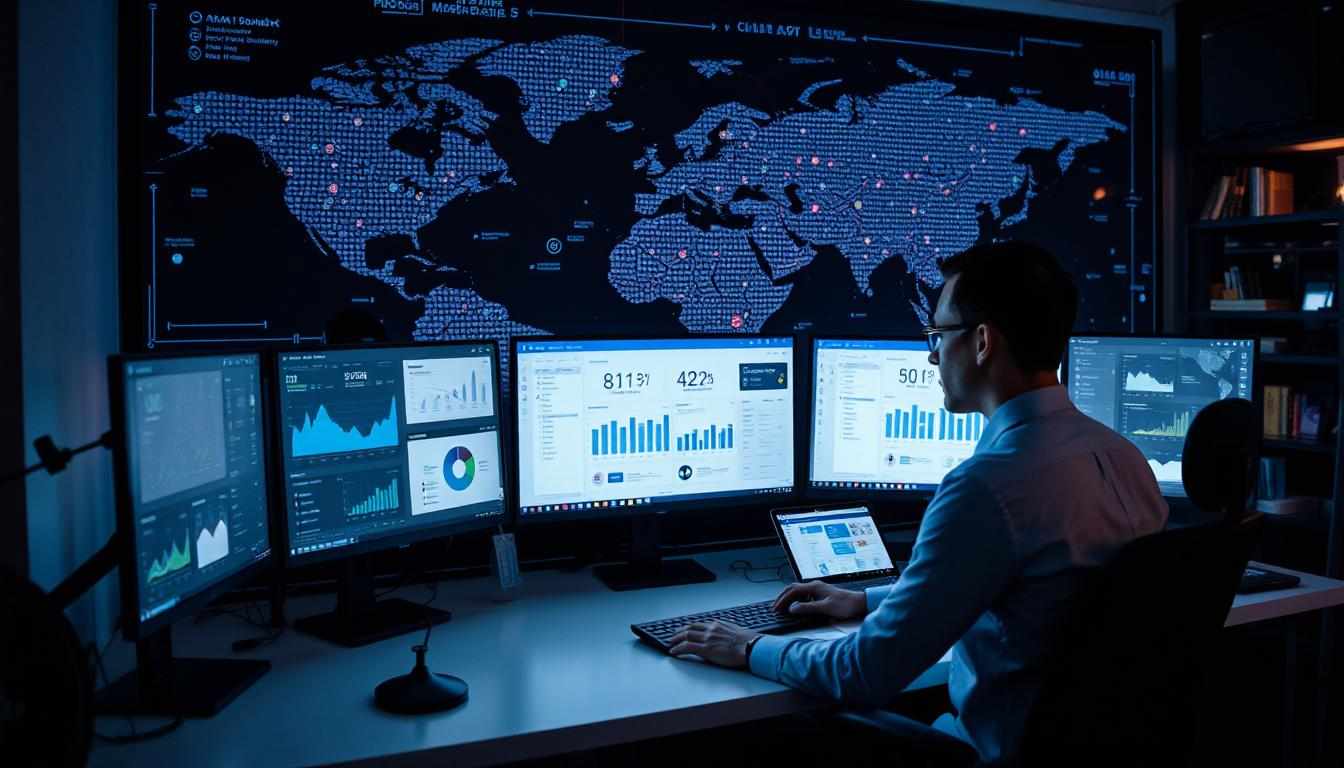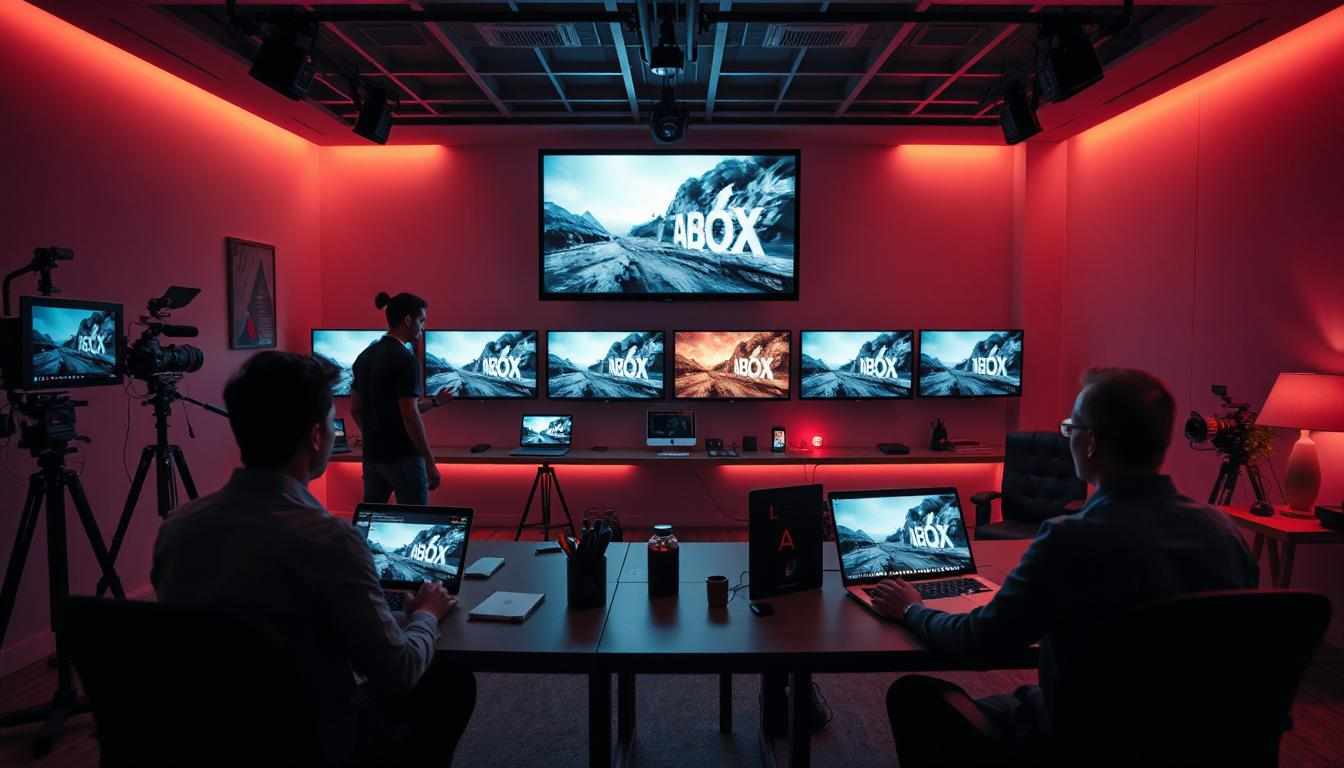
In today’s hyper-connected world, creating a strategic and data-driven approach to Digital Media Planning and Buying is crucial for brands to succeed. With evolving algorithms, shifting consumer behaviors, and increasing competition, marketers must rely on robust data to guide every step of their digital media strategies.
As we look ahead to 2025, this blog will provide a comprehensive, step-by-step guide to building an effective digital media plan backed by data—helping you target the right audience, allocate budgets smartly, select optimal media channels, and measure what truly matters.
Whether you are a marketing professional, digital strategist, or business owner, this guide by Adomantra will help you stay ahead of the curve.
Table of Contents
Introduction to Digital Media Planning
What Makes a Media Plan Data-Driven?
Step 1: Define SMART Campaign Objectives
Step 2: Collect and Analyze Audience Data
Step 3: Set a Realistic Media Budget
Step 4: Choose the Right Digital Channels
Step 5: Create a Cross-Channel Content Strategy
Step 6: Use Predictive Analytics and AI Tools
Step 7: Execute and Optimize Your Campaign
Step 8: Measure KPIs and Performance Metrics
Adomantra's Approach to Data-Driven Media Planning
Common Challenges and How to Overcome Them
Future Trends in Digital Media Planning for 2025
Conclusion
FAQs (15)
1. Introduction to Digital Media Planning
Digital media planning is the process of strategizing how and where to advertise a brand's message across various digital platforms. This includes planning campaigns on platforms like Google Ads, social media, OTT, audio streaming, and more.
But digital media planning in 2025 demands more than just channel selection—it requires data-driven insights to ensure each decision aligns with consumer behavior and campaign goals.
2. What Makes a Media Plan Data-Driven?
A data-driven media plan relies on factual, quantitative insights rather than gut feeling. It uses:
Consumer data (demographics, psychographics, behavior)
Campaign analytics and attribution data
Real-time and historical performance metrics
Predictive modeling and AI recommendations
Digital Media Planning and Buying becomes truly effective when data supports every choice—from messaging to placement and timing.
3. Step 1: Define SMART Campaign Objectives
Every successful digital campaign starts with clear, measurable goals.
Use the SMART framework:
Specific: What do you want to achieve? (e.g., 500 new leads/month)
Measurable: Define the metric (clicks, sales, conversions)
Achievable: Ensure the goal is realistic
Relevant: Align with business goals
Time-bound: Set a deadline (e.g., within 60 days)
Without goals, even the most data-rich campaign can lack direction.
4. Step 2: Collect and Analyze Audience Data
Before launching any campaign, you must deeply understand your audience. Leverage:
Google Analytics
Social media insights
CRM data
First-party cookies
Third-party data vendors
Segment your audience by:
Age, gender, income
Location
Online behavior
Purchase intent
Device usage
Use tools like Adomantra’s advanced audience intelligence dashboard to visualize and analyze this data.
5. Step 3: Set a Realistic Media Budget
Budget planning should also be data-driven. Analyze:
Cost per click (CPC) benchmarks
Customer acquisition cost (CAC)
Historical performance
ROAS (Return on Ad Spend)
Budget should be allocated based on:
Campaign priorities (brand awareness vs conversions)
Channel performance (search vs social vs display)
Seasonality trends
Adomantra helps brands develop flexible budgets that optimize spending across platforms.
6. Step 4: Choose the Right Digital Channels
No one channel fits all. Depending on your audience and goals, your mix may include:
Search Ads (Google/Bing) for high-intent buyers
Display Ads for brand visibility
Social Media (Meta, X, LinkedIn) for engagement
Programmatic Ads for automation and real-time bidding
OTT/CTV for video-based storytelling
Audio Ads (Spotify, podcasts) for on-the-go targeting
Use cross-channel attribution models to understand which combinations drive conversions.
7. Step 5: Create a Cross-Channel Content Strategy
Your message should be customized for each channel. Use data to:
Identify top-performing creatives
Personalize content for each audience segment
Test different formats (video, carousel, static)
Align creative with the buyer journey
AI-powered tools like ChatGPT and Canva’s Magic Studio can enhance creative generation at scale.
8. Step 6: Use Predictive Analytics and AI Tools
Leverage machine learning to predict:
Optimal ad spend per platform
Best-performing times for posting
Likely conversion segments
Forecasted ROI
Tools like Google Performance Max, Meta Advantage+, and Adomantra's proprietary AI engine empower your digital strategy with real-time predictive insights.
9. Step 7: Execute and Optimize Your Campaign
Execution is just the beginning. Use real-time data to:
A/B test creative and copy
Monitor CTR, CPC, and CVR daily
Adjust targeting based on live feedback
Pause underperforming ads
Automated optimization helps save budget while increasing effectiveness.
10. Step 8: Measure KPIs and Performance Metrics
KPIs (Key Performance Indicators) include:
Impressions
Click-through rate (CTR)
Conversion rate
Cost per acquisition (CPA)
Engagement rate
Use dashboards and analytics platforms like Google Data Studio or Adomantra's real-time reporting system to view campaign performance.
11. Adomantra's Approach to Data-Driven Media Planning
At Adomantra, we integrate data across all campaign touchpoints. Our process includes:
In-depth audience research
Advanced targeting using AI
Real-time analytics and optimization
Transparent ROI measurement
By combining technology with human expertise, Adomantra ensures that every dollar spent delivers maximum value through Digital Media Planning and Buying excellence.
12. Common Challenges and How to Overcome Them
ChallengeSolutionData silosUse unified dashboards and integrationsPoor targetingRefine audience segments regularlyBudget overspendingSet daily caps and monitor ROI continuouslyLow conversion ratesRe-optimize creatives and CTAsInaccurate attributionImplement multi-touch or data-driven attribution
13. Future Trends in Digital Media Planning for 2025
Here’s what to watch for in 2025:
Cookieless targeting: Emphasis on first-party data
AI-driven automation: From bidding to copywriting
Voice and audio search: New channels for engagement
Augmented Reality Ads: Especially in e-commerce
Hyper-personalization: Ads tailored to real-time behavior
Adomantra is already adapting its services to match these emerging trends, ensuring clients remain future-ready.
14. Conclusion
Building a data-driven digital media plan in 2025 is not optional—it’s essential. From clear goal-setting and data analysis to automation and real-time optimization, marketers must blend strategy with technology.
By following the above steps and partnering with digital experts like Adomantra, brands can ensure their Digital Media Planning and Buying strategies are future-proof, effective, and ROI-driven.
15. FAQs about Digital Media Planning and Buying
Q1. What is digital media planning?
Digital media planning is the process of selecting platforms, formats, and timelines to deliver online advertisements to the right audience.
Q2. What’s the difference between media planning and media buying?
Planning is strategizing where and when to advertise; buying is the actual purchase of media space and time.
Q3. Why is data important in media planning?
Data helps make informed decisions about audience targeting, budget allocation, and creative strategies.
Q4. What tools are used in data-driven media planning?
Google Analytics, Meta Ads Manager, CRM platforms, and AI tools like predictive analytics engines.
Q5. How do I know which channels to choose?
Analyze where your target audience spends time and test different platforms for ROI.
Q6. What is a good budget for digital media?
It varies by industry, but budgets should be based on goals, historical performance, and CPC trends.
Q7. What KPIs should I track in my digital campaign?
CTR, conversion rate, CPA, impressions, and ROAS are essential KPIs.
Q8. How often should I optimize a campaign?
Real-time if possible; at minimum, weekly reviews are critical for success.
Q9. Can small businesses use data-driven media planning?
Yes. Even small budgets can be optimized using tools like Google Ads and Facebook Insights.
Q10. What is programmatic advertising?
It’s automated media buying using real-time bidding algorithms and AI to target users efficiently.
Q11. Is media planning better in-house or through an agency?
Agencies like Adomantra provide expert insights, tools, and scalable results.
Q12. What’s the future of media planning?
Hyper-personalization, AI integration, and cookieless solutions are defining the future.
Q13. How do I measure campaign success?
Success is based on meeting or exceeding KPIs, improving ROI, and audience engagement.
Q14. What is multi-touch attribution?
A model that gives credit to multiple touchpoints in the customer journey, not just the last click.
Q15. How can Adomantra help with digital media planning?
Adomantra combines AI, strategy, and deep data expertise to deliver high-performance digital campaigns.


Write a comment ...